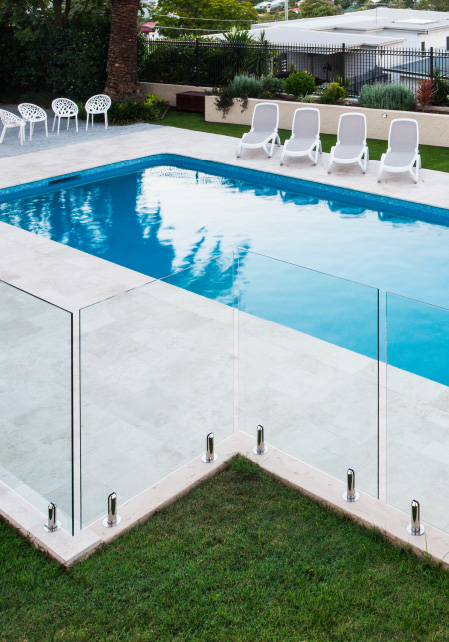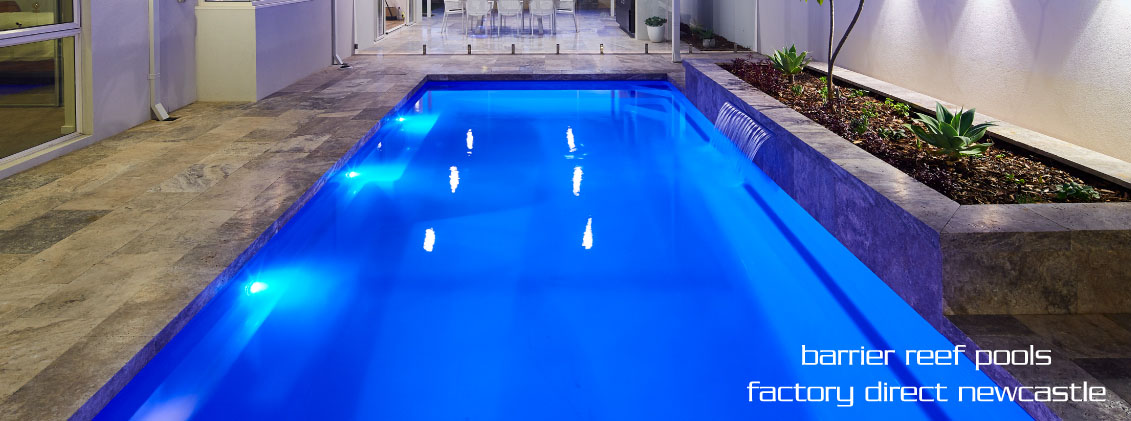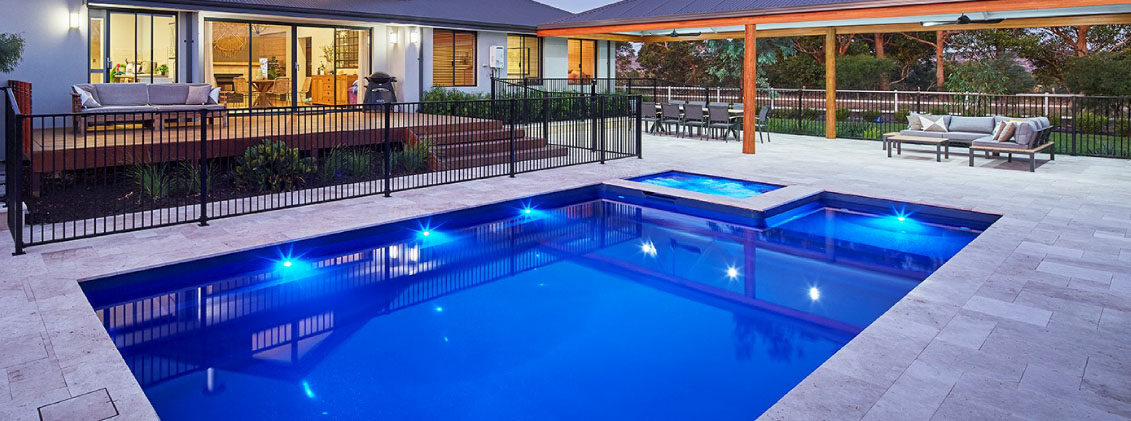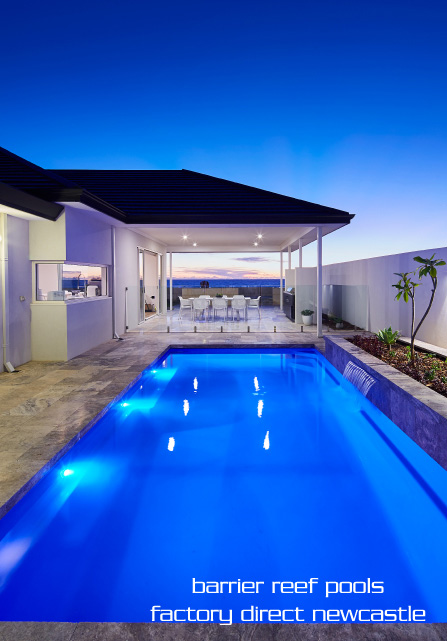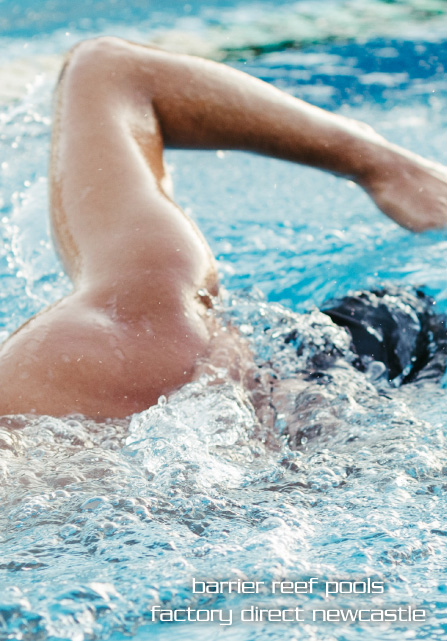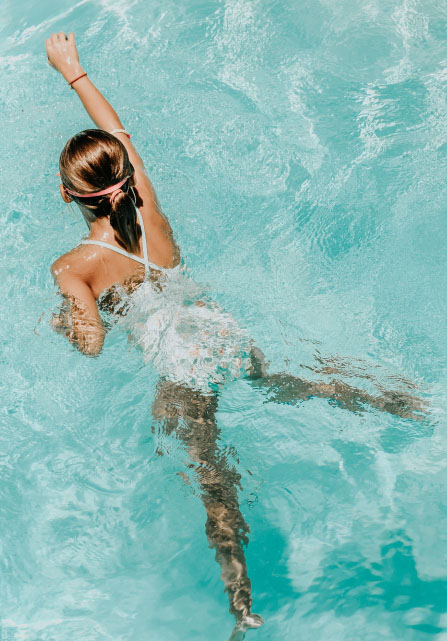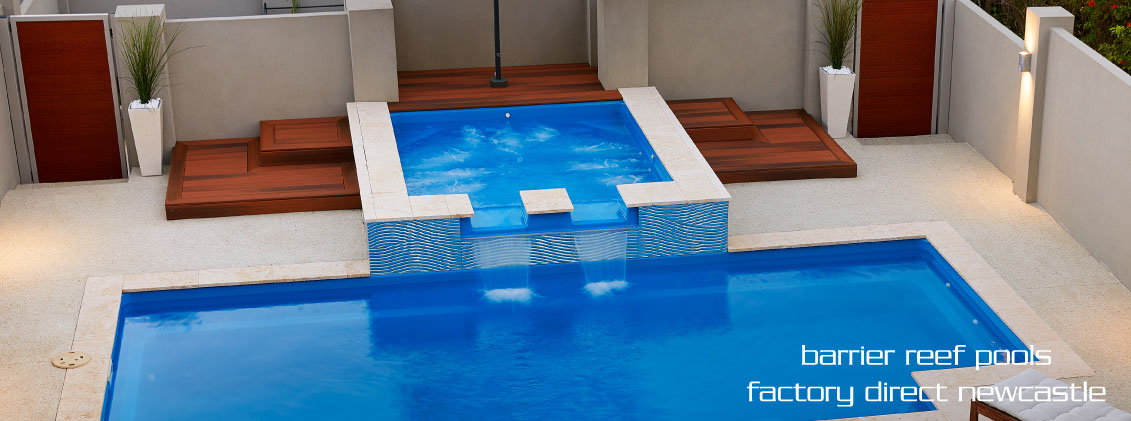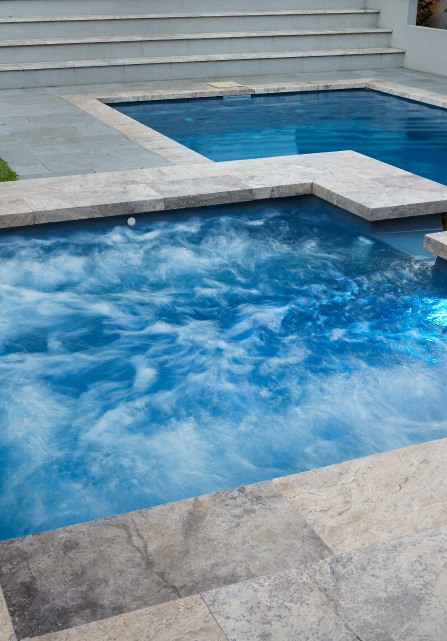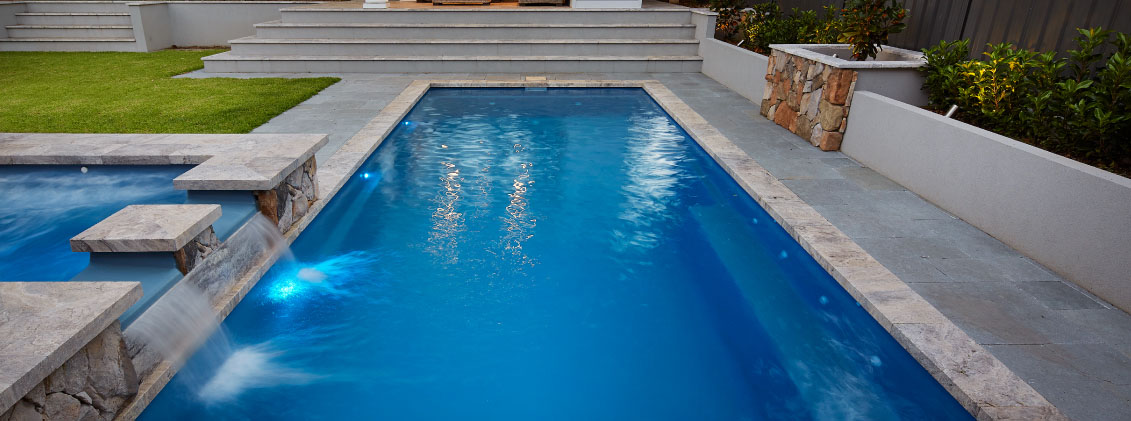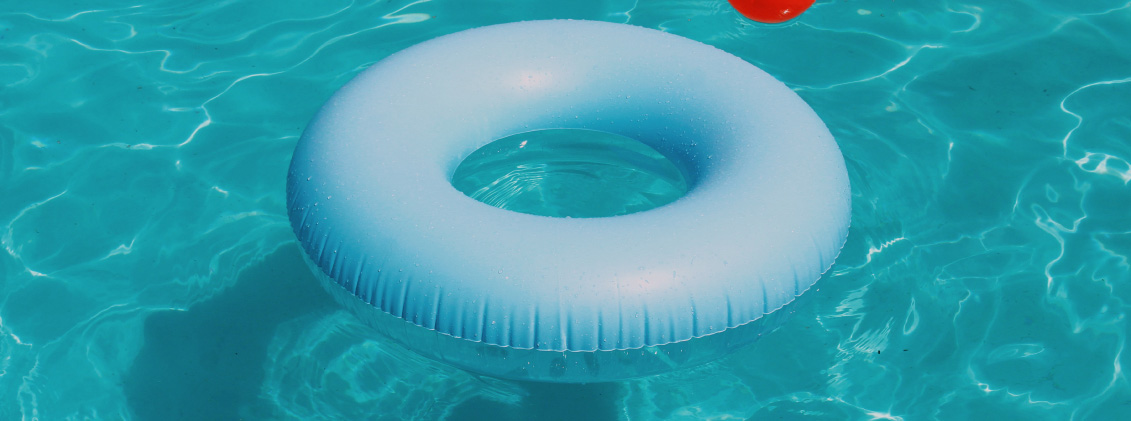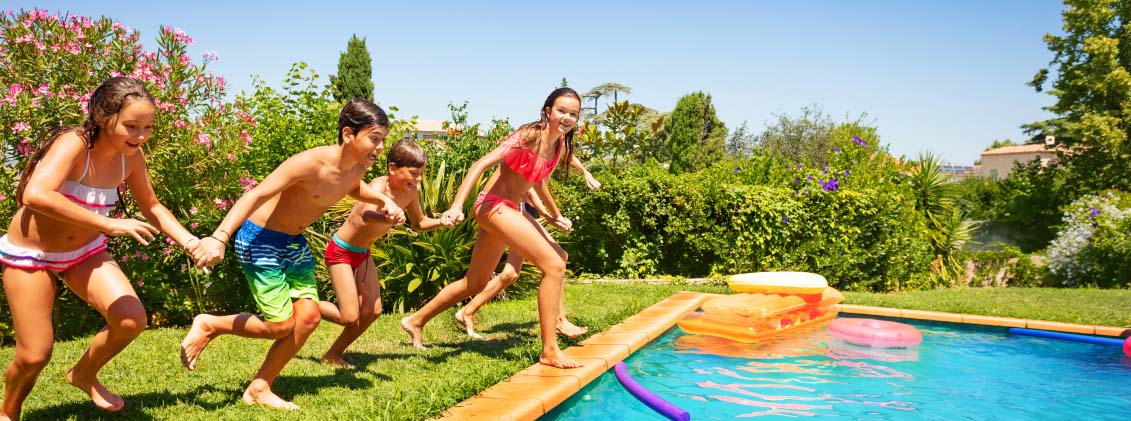Avoid These 7 Common Pool Maintenance Mistakes and Save Time & Money
Owning a swimming pool is a fantastic way to enjoy the Australian sun and create lasting memories with family and friends. However, keeping your pool in pristine condition requires ongoing care and attention. Failing to properly maintain your pool can result in costly repairs, wasted time, and a less-than-ideal swimming environment. To help you avoid unnecessary headaches, we’ve compiled a list of seven common pool maintenance mistakes and how you can avoid them. By understanding these pitfalls, you’ll not only extend the life of your pool but also save time and money in the process.

1. Neglecting Regular Cleaning and Skimming
One of the most common pool maintenance mistakes is neglecting regular cleaning and skimming. Pools gather leaves, debris, and dirt quickly, especially during the warmer months. While it might be tempting to delay cleaning after a storm or windy day, leaving debris in the water can lead to several problems.
Why it matters: If debris is left unchecked, it can clog the pool filter, strain the pump, and even contribute to algae growth. Over time, this increases your pool’s energy consumption and reduces its efficiency.
How to avoid it: Regularly skim the pool with a net, remove leaves, twigs, and bugs, and clean the pool floor using a vacuum or automatic cleaner. Ideally, you should aim to clean your pool at least once a week, or more frequently if the weather has been particularly windy or stormy.
2. Overlooking the Importance of pH Balance
A well-balanced pool is essential for both the health of swimmers and the longevity of the pool itself. Many pool owners make the mistake of neglecting the pH levels of their pool water. If the pH level is too high or too low, it can lead to a range of problems, including corrosion of pool equipment, cloudy water, and skin or eye irritation.
Why it matters: Imbalanced pH levels can damage your pool’s surface and plumbing, leading to costly repairs. Moreover, improperly balanced water can make it harder for your pool’s sanitiser to do its job, leaving you with water that’s potentially unsafe to swim in.
How to avoid it: Test your pool’s pH levels regularly (ideally at least once a week). The optimal pH range for a pool is between 7.2 and 7.6. If the pH level is too high or low, adjust it with the appropriate chemicals. Be sure to follow the manufacturer’s instructions carefully when adding chemicals to your pool.
3. Ignoring Pool Filter Maintenance
The pool filter plays a crucial role in maintaining clean and clear water. Yet, many pool owners overlook regular filter maintenance. Whether you have a sand filter, cartridge filter, or diatomaceous earth (DE) filter, neglecting its upkeep can reduce the filter’s efficiency and increase your pool’s operating costs.
Why it matters: A clogged or dirty filter will cause the pump to work harder, resulting in higher electricity bills. A poorly functioning filter can also fail to remove dirt and debris effectively, leading to cloudy water and the potential for bacterial growth.
How to avoid it: Clean your pool filter regularly according to the manufacturer’s guidelines. For sand filters, this might mean backwashing; for cartridge filters, it’s important to remove and hose them down. Regular filter maintenance can save you money on electricity bills and prevent the need for expensive repairs down the track.

4. Inadequate Water Circulation
Proper water circulation is essential for keeping your pool water clear and clean. Many pool owners make the mistake of assuming that a well-maintained pool filter and pump will do all the work, but without adequate circulation, your pool’s water won’t move effectively through the filtration system.
Why it matters: Poor circulation can lead to stagnant areas in the pool where debris, algae, and bacteria accumulate. It also prevents your pool’s chemicals from being evenly distributed throughout the water.
How to avoid it: Make sure your pool pump is running for at least 8 hours a day (longer during peak summer months), depending on the size of your pool. It’s also a good idea to check the water flow regularly to ensure the pump is functioning properly. Additionally, check the pool’s return jets to make sure they are directed in a way that promotes good circulation.
5. Failing to Monitor and Maintain Water Levels
Maintaining proper water levels in your pool is often overlooked, yet it’s crucial for the efficient operation of the pump and filter system. If the water level is too low, the pump may run dry, which can cause severe damage. On the other hand, excessive water levels can result in overflowing and wasted water.
Why it matters: Insufficient water levels can damage your pump, while excessively high levels can lead to costly water waste and mess. Both can also make it harder to properly clean and maintain the pool.
How to avoid it: Regularly check the water level and top it up as needed. Ideally, the water should be at the midpoint of the skimmer’s opening. If you’re unsure, consult a professional for advice.
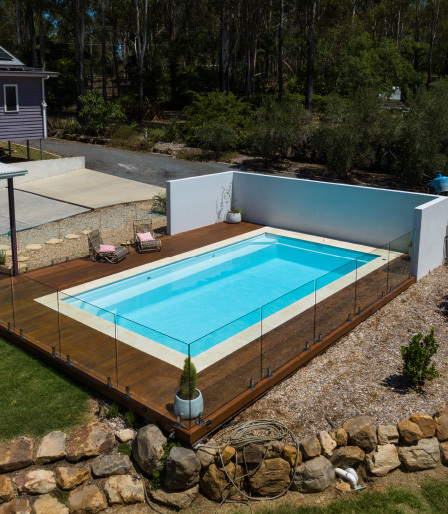

6. Using the Wrong Chemicals or Overusing Them
When it comes to pool maintenance, using the wrong chemicals or overusing them can lead to a variety of issues. While keeping your pool water sanitised is essential, it’s just as important not to overdo it. Using too many chemicals can cause chemical imbalances, leading to skin irritations, eye discomfort, and damage to pool equipment.
Why it matters: Overuse of pool chemicals can cause long-term damage to your pool’s surfaces, as well as increasing the costs of pool maintenance. On the other hand, not using enough chemicals can lead to unsanitary water, which can be harmful to swimmers.
How to avoid it: Always follow the manufacturer’s instructions when adding pool chemicals and measure the water’s chemical levels regularly. If you’re unsure which chemicals are best for your pool, consult with a professional who can advise you on the correct balance.
7. Not Hiring Professionals for Complex Maintenance and Repairs
While basic pool maintenance can often be handled by the homeowner, more complex tasks – such as repairing a broken pump, replacing pool tiles, or addressing structural issues – should be left to professionals. Many pool owners attempt to DIY these repairs, which can end up costing more in the long run if not done correctly.
Why it matters: DIY repairs may result in further damage to your pool or equipment. Furthermore, improper repairs can void warranties or create safety hazards for swimmers.
How to avoid it: If you encounter any issues that are beyond your expertise, don’t hesitate to contact a professional pool maintenance service. A qualified technician will have the tools and expertise to get your pool back in top shape without causing additional problems.
Contact Our Team for Professional Pool Maintenance
Maintaining a pool can seem overwhelming, but by avoiding these common mistakes, you can ensure that your pool stays in great condition all year long. If you’re unsure where to start, or if you’d like expert help to get your pool maintenance on track, don’t hesitate to reach out.
Our team at Newcastle Swimming Pools is here to provide you with professional pool care and maintenance services. From regular cleanings to complex repairs, we have the experience and tools to keep your pool sparkling. Contact us today to schedule a consultation and let us help you save time, money, and hassle with your pool maintenance needs.
By following these simple steps and staying on top of your pool’s needs, you can ensure a smooth and enjoyable swimming experience for years to come.






